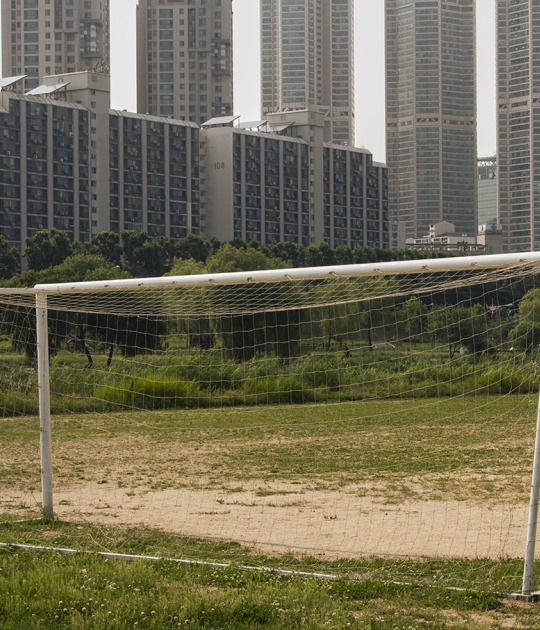ICO Museum exhibits for the first time in Spain 'The Destruction of Lower Manhattan', the work of New York photographer Danny Lyon on the destruction of New York's oldest historic neighborhood. The exhibition, part of the Official Section of the PHotoESPAÑA Festival, can be visited from September 16, 2020 to January 17, 2021 at the ICO Museum, located in the central Zorrilla street of Madrid.
‘The destruction of Lower Manhattan’ is one of the most important photographic essays of the 20th century with the city as the center of attention. In it, Danny Lyon documents the demolition of 24 hectares of buildings in the historic center of New York that, mostly built in the 19th century, had to make way for, among others, the new World Trade Center, a complex that, for completely different circumstances, also It would be destroyed just thirty years later.
In 1967, newly arrived in New York from Chicago, Lyon was in the process of searching for ideas for a new job. Thus, and almost by chance, he discovers that the streets of Lower Manhattan that he has just arrived are being demolished and begins decisively to record with his camera the disappearance of one of the oldest neighborhoods in New York:
‘The destruction of Lower Manhattan’ is one of the most important photographic essays of the 20th century with the city as the center of attention. In it, Danny Lyon documents the demolition of 24 hectares of buildings in the historic center of New York that, mostly built in the 19th century, had to make way for, among others, the new World Trade Center, a complex that, for completely different circumstances, also It would be destroyed just thirty years later.
In 1967, newly arrived in New York from Chicago, Lyon was in the process of searching for ideas for a new job. Thus, and almost by chance, he discovers that the streets of Lower Manhattan that he has just arrived are being demolished and begins decisively to record with his camera the disappearance of one of the oldest neighborhoods in New York:
“I look at the buildings as if they were fossils from a past time. […] Its architectural relevance did not matter too much. What mattered to me was that they were about to be destroyed. Whole apples would disappear. A whole neighborhood. The few last tenants were being evicted and a place like this would never be built again.”
The exhibition brings together 76 photographs of great beauty and documentary value taken around the Brooklyn Bridge, Washington Market and West Street, a memory of what Lower Manhattan was until its demolition in 1967, a unique place with more than a century of antiquity that would never exist again, with buildings that, in some cases, dated back to the Civil War.
But these images are also a portrait of the people who lived there, of empty rooms with children's drawings, furniture, stairwells, walls, windows and paneling. And they are, finally, a faithful reflection of an urbanistic debate that, in full swing in the United States of the 1960s, continues in our day: the one that faced the defenders of a friendly city in which to develop a life active community on the street (Jane Jacobs), against those who advocated a more speculative urban renewal in which the infrastructures for the private car had a very important weight (Robert Moses).




























